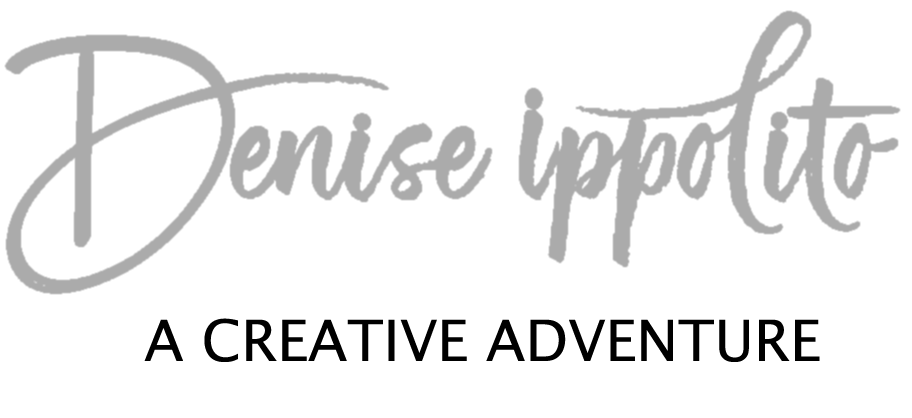Since I started using Sony, there have been load of folks asking me which is better, using the APS-C setting, a teleconverter or cropping in post? Here are some of my thoughts…
The APS-C/Super 35mm setting — aka “crop mode” on the camera effectively chooses which sensor size you want to use. For shooting still images, the camera uses only part of the full-frame sensor, effectively shooting with a cropped sensor rather than a full-frame sensor. The setting is in the menu and where it is located varies according to your camera model, but you will most likely find it in the first menu group. I have assigned mine to C3 so that I can access it very easily while shooting. This feature offers a 1.5 x magnification. When using this feature you are essentially cutting your megapixels in half.
A teleconverter is a short tube that fits between the lens and camera body and increases the focal length of the lens. By using a teleconverter you will gain some reach but you may sacrifice some sharpness and autofocus (same is true with using the APS-C mode). Adding a teleconverter will also reduce the light by 1 stop for a 1.4x converter and by 2 stops for a 2x. However, adding a teleconverter doesn’t change the lens’ minimum focusing distance. For example, if you add a 2x converter to a 300mm lens that focuses down to five feet, you get a 600mm lens that focuses down to five feet.
Cropping in post—well that it self explanatory but many ask “How much can I crop without losing quality”. My answer is this. First, what are you going to do with the image. If you are going to make a large print than you really should’’t count on cropping much. If you are only using it for web viewing, than you have much more flexibility with cropping. You can make a heavily cropped image still look good for the web, but do you want to? That is an individual choice. Another thing to consider when cropping, whether in post or in-camera is how many megapixels does your camera have? The Sony a9 has 24.2-megapixel where the Sony 7r3 has 42.4-megapixels and the Sony 7r4 has over 60!!
So how do I apply all of this in the field:
When shooting with the Sony a9 and the 200-600mm lens for wildlife, I used the 1.4 teleconverter on safari with great success. The 200-600mm lens was much smaller and lighter and more manageable than a 600mm prime lens. I was able to get up and down in the safari vehicle with ease. I handheld the set-up all day without any shoulder or wrist issues. I also found that because it was more manageable that I didn’t even need to use a beanbag and that helped me with tracking my subjects. But… and it is a big but- I needed to be at f/9. This hurt a bit, since I was almost always in a struggle for light. Increasing my aperture to f/9 meant higher ISO’s. However, when shooting in Kenya, using the f/9 worked out good as I often had multiple subjects and it almost forced me to stop down my aperture which meant I had enough depth of field for most of my shots. Having all that depth of field was also a drawback, since I lost that beautiful bokeh that I”m use to getting with the 600mm primes.
When I am shooting with the Sony a9 I need to be more careful with my megapixels as I don’t have as many to throw around. When I was in Japan I used I the Sony 7r3 and the in-camera cropping (APS-C mode) so that I could get in tight for portraits. I had plenty of megapixels so why not. When I was shooting birds in flight, I used the Sony a9 and did not use APS-C or a teleconvertor as I didn’t want to lose any light, autofocus or pixels. I cropped in post if needed. I also used a long enough lens so that I wouldn’t have to crop too much.
In closing, there will always be a struggle between ISO, aperture and shutter speed when photographing. That is part of what keeps me engaged. I love having to work that struggle out in the field. That said, wouldn’t it be nice if we had a 14- 800mm lens with an f/2.8 straight through on a 36 megapixel body that shot 20fps? There is no perfect set-up and there will always be some give and take. It is up to you to know your gear and all of the options available to you so that in the field you can make the best decisions for your own photography.

